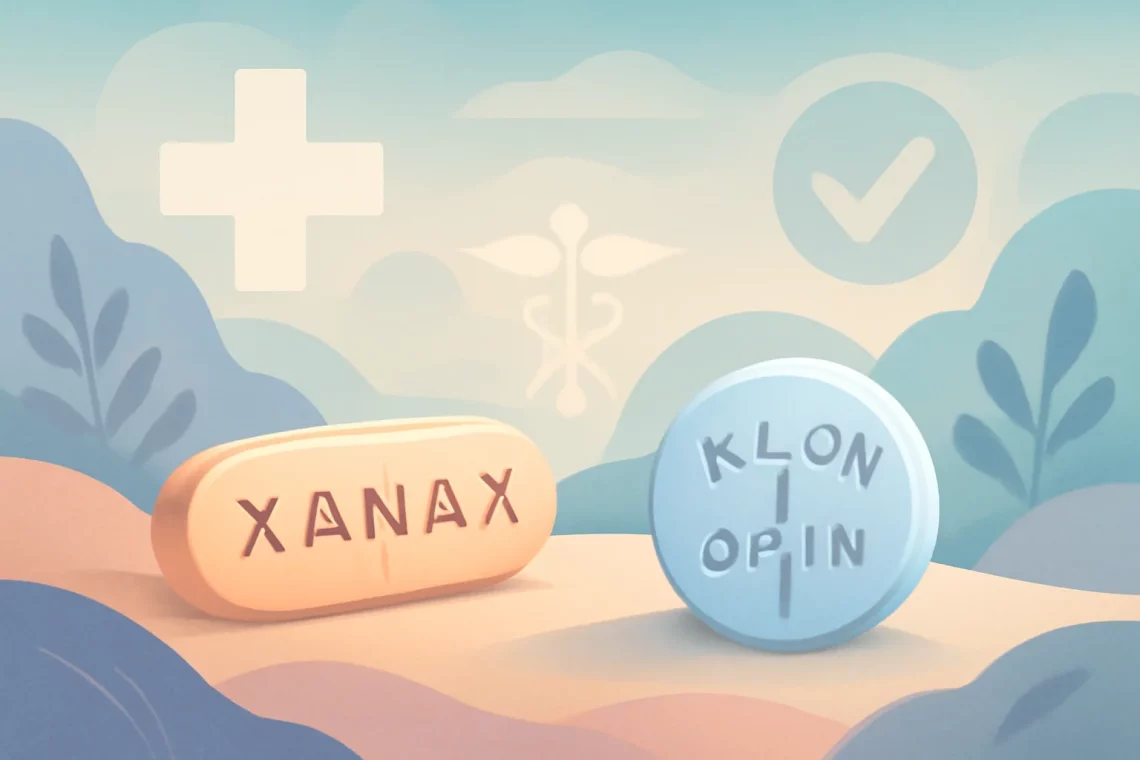-
Clonazepam vs Klonopin: Understanding Their Differences and Uses
Clonazepam and Klonopin are often mentioned interchangeably in discussions related to anxiety and seizure disorders. However, despite their similarities, they possess unique characteristics that can significantly influence their use in medical practice. Clonazepam is the active ingredient in Klonopin, a well-known brand name for this medication. As a benzodiazepine, Clonazepam functions by enhancing the effects of a neurotransmitter in the brain called gamma-aminobutyric acid (GABA). This action leads to its sedative, anxiolytic, and anticonvulsant effects. The complexity of benzodiazepines, including Clonazepam and its branded counterpart, extends beyond their pharmacological profiles. Understanding their uses, potential side effects, and the nuances in their application can empower patients and caregivers to make informed…
-
Xanax vs Klonopin: Understanding the Differences and Uses
Xanax and Klonopin are both medications that belong to a class known as benzodiazepines, widely prescribed for the management of anxiety disorders and certain other mental health conditions. The increasing prevalence of anxiety-related issues in today’s fast-paced world has led to a greater reliance on these medications. While both Xanax and Klonopin are effective in alleviating anxiety symptoms, they differ in their chemical composition, duration of action, and specific uses. Understanding these differences is crucial for patients and healthcare providers alike, as it can significantly influence treatment decisions and outcomes. Benzodiazepines work by enhancing the effects of a neurotransmitter called gamma-aminobutyric acid (GABA) in the brain, which leads to calming…







